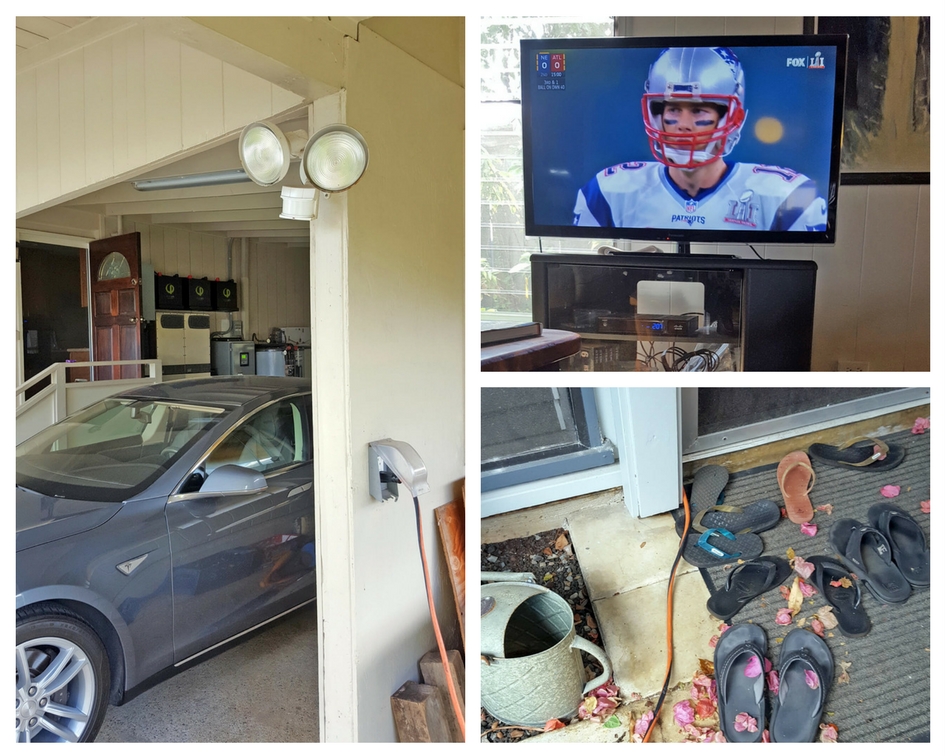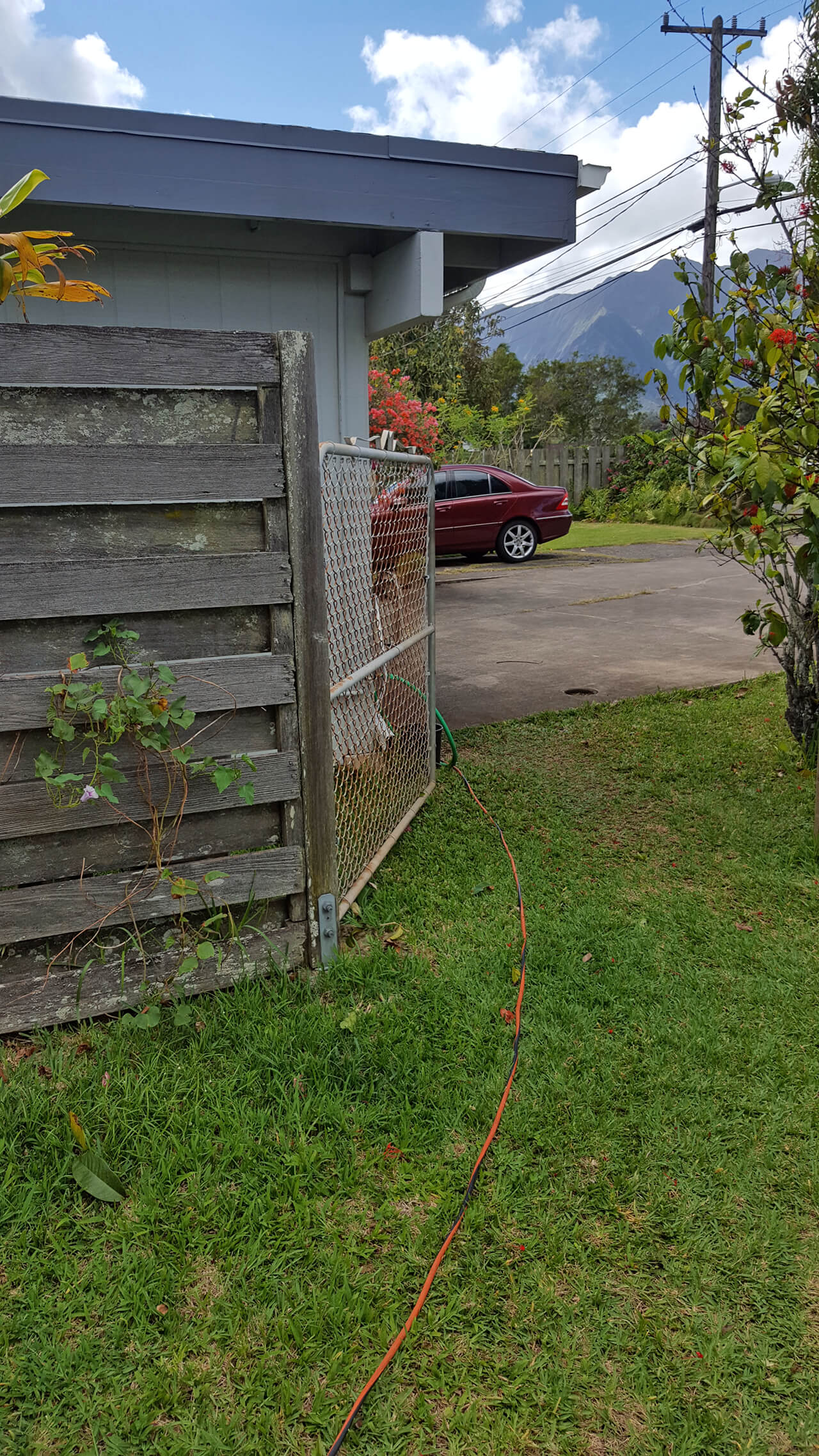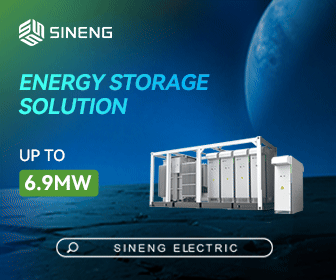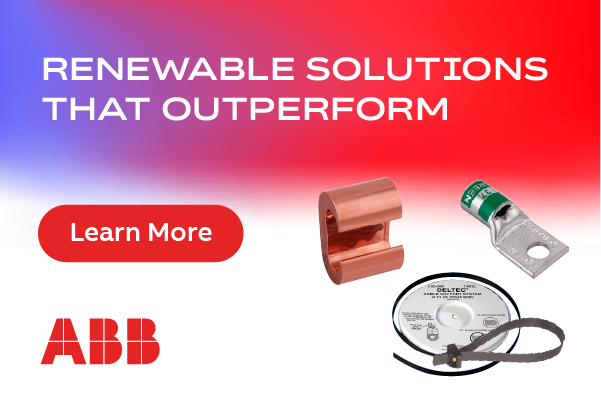Power Outages and the Failure of Grid-Tied Solar
On Super Bowl Sunday this year, 1,700 people on Hawaii's main island of Oahu lost power during the first quarter of the game. As if this was not disappointing enough, the grid failure happened during what turned out to be one of the most suspenseful football games in history, tormenting fans with an early glimpse of the action, but offering no solution to watch the game through to its gripping conclusion.
Luckily, for some very fortunate neighbors hosting a Super Bowl party, the President and CEO of a solar supply company had recently installed a solar-plus-battery system in his home, to take control of his own power, provide backup, and charge his electric car. It was a retrofitted integrated system to optimize his grid-tied (NEM) solar system that was installed 10 years earlier.
 With some quick thinking and an extension cord, Rolf Christ connected the house hosting the Super Bowl party, to the power being generated by his backup system; a 20kWh installation consisting of six 2.4kWh lithium iron phosphate batteries, and two inverters powered by three solar panels. As a result, the Super Bowl partygoers continued to watch the game, uninterrupted; the lights flickered on and off, the refrigerator loaded with cold beer warmed, and other household equipment in the grid-tied home became unusable. Fortuitously, the most important equipment, the cable box and television, temporarily powered by Christ's backup power system with a 50-foot extension cord, kept the spirits high and the historic game playing.
With some quick thinking and an extension cord, Rolf Christ connected the house hosting the Super Bowl party, to the power being generated by his backup system; a 20kWh installation consisting of six 2.4kWh lithium iron phosphate batteries, and two inverters powered by three solar panels. As a result, the Super Bowl partygoers continued to watch the game, uninterrupted; the lights flickered on and off, the refrigerator loaded with cold beer warmed, and other household equipment in the grid-tied home became unusable. Fortuitously, the most important equipment, the cable box and television, temporarily powered by Christ's backup power system with a 50-foot extension cord, kept the spirits high and the historic game playing.
During a power outage, you never know what electrical loads are going to be considered "critical" until the power is off. However, if you own, control, and have access to your own power (in this case with solar-plus-storage), it doesn't matter whether you are on or off grid - you decide what's critical, even if that means a party with friends and family. Unfortunately, if you don't own and control your own power, the decision is out of your hands.
Christ's story is a perfect example of the experiences of countless people around the world; our surprisingly fragile electrical grid suffers intermittency that can threaten the safety and health of entire populations.
In its most recent report, the Eaton Blackout Tracker revealed that, in 2016, 4,000 blackouts caused problems for roughly 17 million utility customers across the United States. Together, those blackouts totalled 130 days without power. The annual monetary damages resulting from power outages, surges, and spikes, are estimated to cost the U.S. economy more than $150 billion. That's a 45 percent increase from 2008 - in 10 short years, highlighting how the nation's electrical grid has grown more and more unreliable.
The Chokehold of Grid-Tied Solar
Many people affected by an unreliable grid turn to solar energy, thinking it will provide them back-up power when the grid goes down. However, many are left disappointed with their new NEM system, because the first time they lose power, they realize they don't have access to the PV generation on their rooftops. They thought they would have more control over how and when to use that generation.
As many in the renewable industry discover, in times of grid failure, all grid-tied solar inverters are required to immediately shut down their connection to the grid. This safety precaution, known as "anti-islanding", ensures that workers repairing the affected power lines do not accidentally encounter a live wire.
Rather than creating energy security and resiliency in times of catastrophic or local failure, grid-tied systems without storage promise the same chokehold over end-users as a centralized grid-tied building. This is because the energy generation of a PV system does not match a typical end-user's energy usage in terms of time of day, or amount of energy consumed. Instead, the industry relies on NEM agreements or feed-in tariff (FIT) structures to handle energy generated beyond the end-user's consumption requirements or time-of-day. The solution to this mismatch between generation, time of day, and consumption, is storage.
Resilient Back-Up Power on Your Terms
With the growth of the energy storage industry, new opportunities for independent power production and storage are more accessible than ever. Solar-plus-storage systems (like the one that saved the Super Bowl party) have the ability to intentionally island, allowing critical systems to operate and 'fail back' to local, autonomous control, and thus meet the needs of the end-user who owns and controls them. Inverters in these behind-the-meter assets immediately disconnect from the grid when it fails, and direct the distributed generation to power local electrical loads.
 During a centralized grid outage, this 'intentional islanding' is the most basic kind of resiliency. The system utilizes equipment with the capability to remain operational in the absence of the grid or centralized control systems. At the 48-volt level, the inverter charge controllers sense when the grid is operational; they go back on-line through pre-programmed settings and software, without the need for high-voltage specialty personnel.
During a centralized grid outage, this 'intentional islanding' is the most basic kind of resiliency. The system utilizes equipment with the capability to remain operational in the absence of the grid or centralized control systems. At the 48-volt level, the inverter charge controllers sense when the grid is operational; they go back on-line through pre-programmed settings and software, without the need for high-voltage specialty personnel.
To ensure full use of a solar generating system, storage can be designed to cover a variety of loads, from critical to full. However, it is important for installers and end-users to understand the fine print of their NEM agreements with local utilities. In some markets, adding a battery storage system to an existing NEM contract may void the agreement with the utility. This was the case with Christ's house, and the reason why he installed a separate backup system for his storage and EV charging. The system's low levelized cost of energy, and non-toxic battery chemistry (which did not pose the risk of spontaneous fire) also influenced his decision.
From extreme weather, to cyber attacks, to general electrical failures, the grid is extremely vulnerable to various scenarios that can cause outages. True and complete energy independence means building distributed energy systems that keep running, regardless of the larger utility grid. Customers must fully understand their NEM contracts before adding energy storage to cover critical loads; they must ensure the option to island initially, if they have a NEM contract and it is allowed. By practicing these three steps, the industry can work towards building greater energy resilience and flexibility into the grid, while reducing some of the pain and significant costs of blackouts, and allowing customers to use their power on their terms.
Catherine Von Burg is President and CEO of SimpliPhi Power, a technology company that designs and manufactures intelligent, non-toxic, efficient, energy-dense storage and management systems. Her career spans a diverse portfolio of strategic planning, policy development, and executive management in organizations such as Pew Charitable Trusts, Rockefeller Institute, Columbia University, and NY March of Dimes Foundation.
SimpliPhi Power | www.simpliphipower.com
Volume: 2017 July/August









